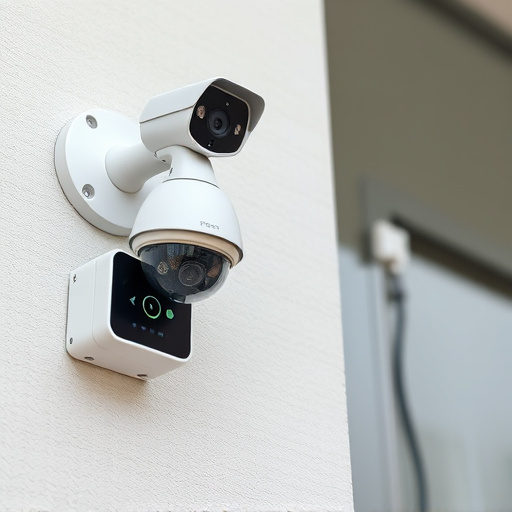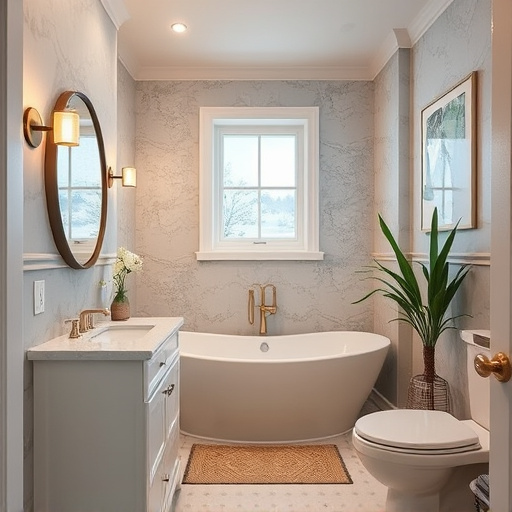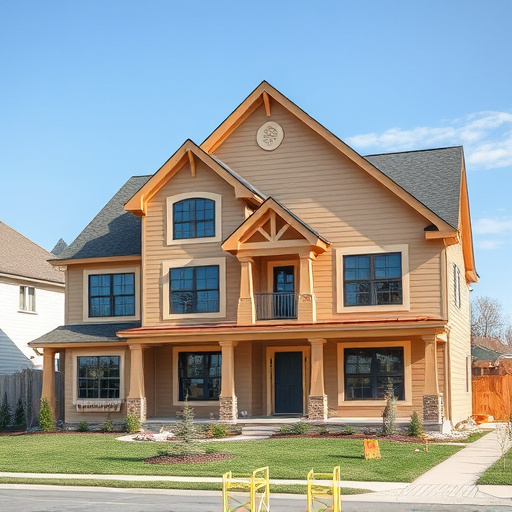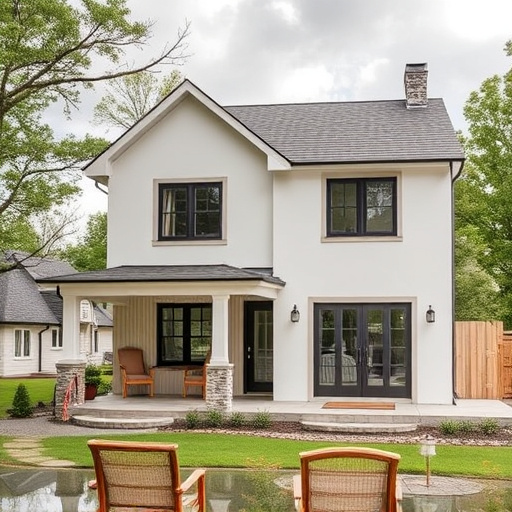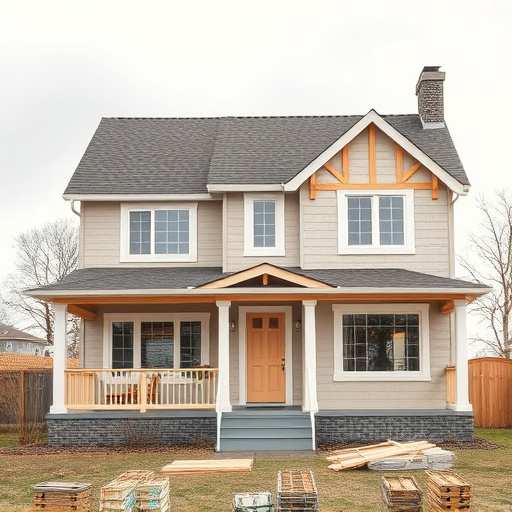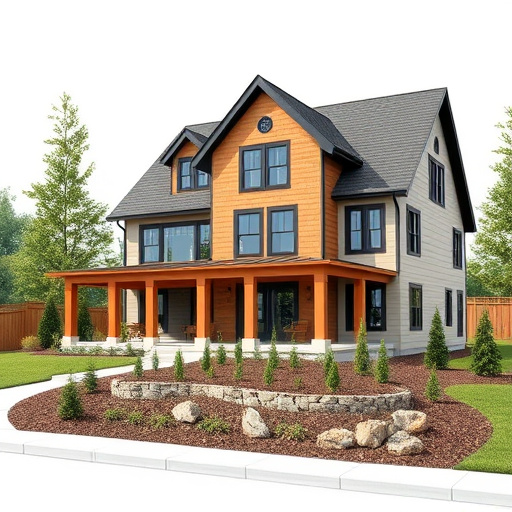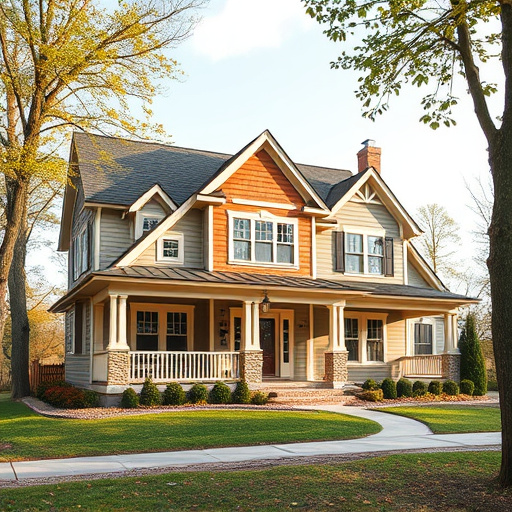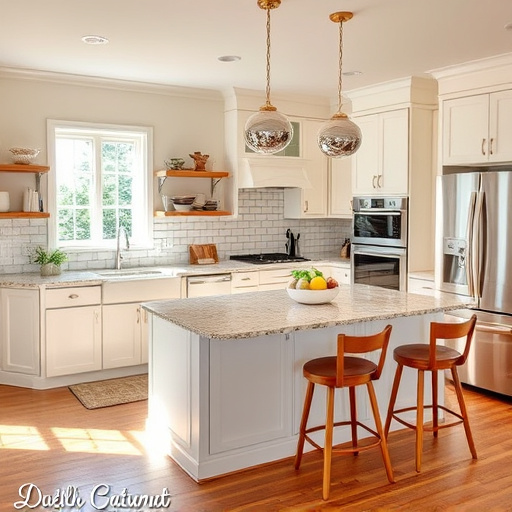The fusion of smart technology and interior design has revolutionized residential spaces, transforming homes into dynamic, responsive environments. Advancements in home automation, such as voice-activated lighting and automated temperature control, merge aesthetics with functionality. Interior designers leverage these innovations to create visually appealing yet highly customizable spaces, focusing on personalized entertainment, integrated security, and adaptable layouts. Smart technology is now a core component of modern interior designs, seamlessly integrating form and function, especially in kitchens and room remodels, ultimately elevating the overall beauty and intelligence of contemporary living environments.
Smart technology integration is revolutionizing modern interior designs, transforming homes into connected, efficient, and aesthetically pleasing spaces. The rise of smart homes has led to a fusion of functionality and design, where devices like voice assistants, automated lighting, and IoT appliances seamlessly blend into the fabric of our living environments. In this article, we explore how the evolution of home automation is shaping interior designs, focusing on innovative integration, longevity, and adaptability for the future.
- The Rise of Smart Homes: Transforming Interior Designs
- – Exploring the evolution of home automation and its impact on modern interior design trends.
- – Discussing how smart technology seamlessly integrates with aesthetic appeal.
The Rise of Smart Homes: Transforming Interior Designs
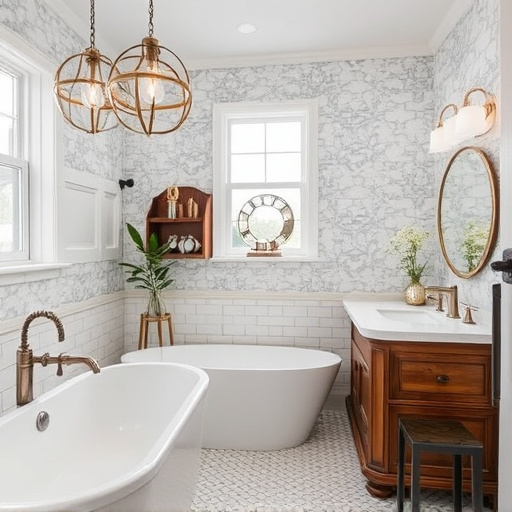
The concept of smart homes has evolved from a futuristic fantasy to an increasingly popular reality, revolutionizing the way we interact with our living spaces. With advancements in technology, homes are no longer just physical structures but rather dynamic environments that adapt and respond to their inhabitants’ needs. This shift towards smart home integration is evident in today’s interior designs, which prioritize functionality, convenience, and automation over traditional aesthetics alone.
As homeowners seek ways to enhance their living experiences, the fusion of technology and interior design has led to innovative solutions. From voice-controlled lighting systems that set the mood for various activities to automated temperature controls ensuring optimal comfort across different rooms, smart home features are becoming integral parts of modern bathroom renovations and comprehensive multiple room remodels. Home remodeling projects now often include sophisticated security systems, intelligent appliances, and seamless connectivity, resulting in more efficient, comfortable, and personalized interior designs.
– Exploring the evolution of home automation and its impact on modern interior design trends.
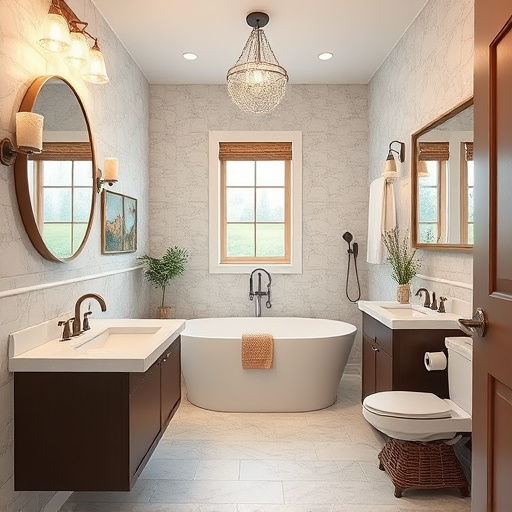
The evolution of home automation has undeniably shaped modern interior design trends, transforming homes into truly smart and connected spaces. What was once a niche concept confined to science fiction is now an integral part of contemporary house design. This shift can be attributed to advancements in technology that enable seamless integration of various devices and systems, enhancing comfort, security, and efficiency within the home. From voice-activated lighting controls to automated temperature regulation, these innovations are reshaping how we interact with our living environments.
Interior designers are now embracing smart technology as a means to create not only functional but also aesthetically pleasing spaces. Customized work such as interior painting can be enhanced by automated systems that ensure consistent coverage and precise color matching. Moreover, customized home renovations benefiting from smart tech include personalized entertainment systems, integrated security solutions, and adaptable layouts that cater to changing lifestyles. This marriage of technology and design promises a future where homes are not just places to live but responsive environments tailored to the needs and preferences of their inhabitants.
– Discussing how smart technology seamlessly integrates with aesthetic appeal.
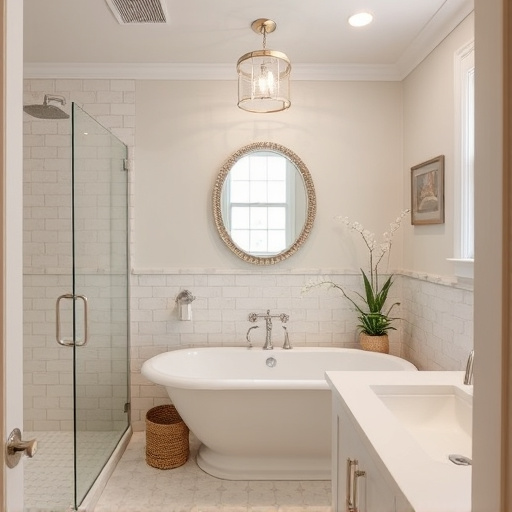
In today’s interior designs, smart technology is no longer a novelty but an integral part of creating aesthetically pleasing spaces. From automated lighting that adjusts to natural light levels to voice-controlled thermostats and music systems, these innovations seamlessly blend form and function. Smart home devices not only enhance convenience and comfort but also contribute to the overall design aesthetic by offering customizable color palettes, subtle controls integrated into furniture, and seamless interfaces that elevate the look and feel of a room, especially in kitchen renovations or multiple room remodels.
Renovation services that prioritize smart technology integration ensure that these features are not just added afterthoughts but become seamless parts of the interior landscape. This approach leverages the latest advancements in home automation to create dynamic, responsive environments that adapt to the needs and preferences of occupants, making every space both beautiful and intelligent—a true testament to modern living.
The integration of smart technology into today’s house design is not just a trend, but a transformative force that redefines our living spaces. As we’ve explored, the rise of smart homes has led to innovative interior designs that seamlessly blend functionality and aesthetics. From voice-controlled lighting to automated temperature regulation, these technologies enhance comfort, security, and efficiency while preserving aesthetic appeal. Looking ahead, as smart home devices become more integrated and user-friendly, we can expect even greater innovations in how we interact with and design our living environments.

